Shoes used to be just that—shoes. Protective covering for our feet. There was certainly a market for high-end fashion shoes, but sneakers? No, never. They were just functional pieces worn mostly by athletes but never distinguished as anything other than part of their gear.
So what changed? Nothing too exciting, at least not at first. Just another NBA draft pick named Michael Jordan.
The Legacy of Air Jordans
From our perspective, we know that sneakers would not be what they are today without the trailblazing glory that came from both Michael Jordan and Nike Air Jordan shoes.
We also know that modern Air Jordans run upwards of $200-$300 dollars, with originals going for even more. Why is that? It has a little something to do with the marketing tactics of Nike, who capitalized beautifully on the story of Michael Jordan. Today’s Air Jordans are released in limited amounts and made from premium, high-quality construction. The story behind the shoe certainly packs a punch as well.
That story is more involved than you might think. Let’s take a closer look at the history, which became the legend, that continues to propel the sneaker and sneaker apparel industry forward to this very day.
In the Beginning
Michael Jordan was definitely an athlete to watch out for, but he wasn’t the cream of the crop—at least, not initially. The Chicago Bulls selected him with their third overall draft pick in 1984.
Jordan actually didn’t jump on the Nike bandwagon right away. He was more interested in Adidas. That might have had something to do with the fact that Nike was primarily known as a track shoe at the time.
At First, There Was Adidas
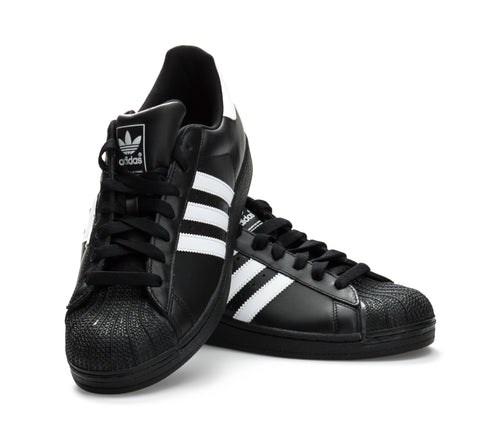
It could be argued that Adidas sparked the flame that lit the sneaker apparel candle way back—as far back as 1924, when Adi Dassler created a shoe he named after himself that would later become the most popular athletic shoe in the world.
This powerhouse known as Adidas was still worn as athletic footwear for years after the initial release, but it didn't take long for celebrities and others in the high-end fashion world to snap up the idea of sneakers as more than functional. This mindset helped pave the way for today’s sneaker apparel world.
Mom Intervenes
But back to the story. In 1984, Adidas wasn’t in a place to give the rookie the attention he wanted or deserved. They were tied up in many other projects. (Imagine how they feel now.) But Jordan didn’t want to go with Nike—to the point where he wouldn’t get on the plane to meet with the company representatives.
His agent called his parents. When his mother told him to get on the plane, Jordan finally acquiesced. Good thing he did, too, because Nike made him an offer he didn’t dare refuse.
The Journey With Nike
Nike made Jordan a deal that was unheard of at the time, especially for a young rookie who hadn’t yet proved himself on the NBA court: at least $250,000, though some rumors place the amount closer to $2.5 million, plus royalties. Though the numbers on the deal are a little misty, one detail remains the same: Nike also included in the deal Jordan’s very own shoe line, the Nike Air Jordan.
The First Nike Air Jordan Shoes: Released to the Public in 1985
The first-ever Nike Air Jordan shoes were created in time for Michael Jordan’s debut on the NBA court in 1984. They featured a red and black colorway with white soles, as well as leather overlays on the upper for durability and a perforated leather toe box for ventilation.
Emblazoned with the Nike swoosh on the side—the only model of Air Jordans that would ever feature Nike’s famous logo—these shoes were so wildly different from anything the NBA had ever seen that they were banned before Jordan even wore them on the court for not meeting the league’s standards on uniforms and colors.
Ban? What Ban?
Jordan wore the shoes anyway, showcasing the Wings logo, a basketball with wings stretching to both sides of the shoe. It was in this decisive moment that it became apparent that sneakers could be and indeed were more than simply functional footwear for athletes.
Fans went crazy over the Air Jordans, and where there’s a need for apparel to match such a famous shoe, there are brilliant minds waiting to fill it. Clothing to match the famous shoes was a no-brainer, and the sneaker apparel world finally had the traction it needed.
Nike paid for the $5,000 fine and Michael Jordan wore the shoes the entire season, dribbling and shooting in them until he won Rookie of the Year. The success of the shoe was something even Nike couldn’t have predicted, and suddenly they were faced with a new problem—how to follow it up.
Some Famous Follow-Ups
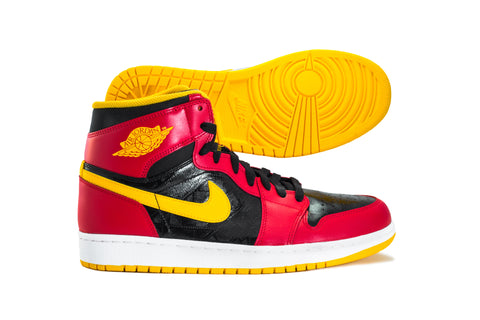
There have been 35 Air Jordan shoes released by Nike. They’ve given no indication of stopping anytime soon, and that count doesn’t even include all the retro options that have been produced over the years.
While many of the retro releases come in low and hightops, Jordan himself typically preferred mid tops. Lows were too low and highs were just a little too bulky. You’ll see that most of the initial releases were mids.
Take a look at some of the very first Air Jordans below. Because they are the first of the famous line, they are also often considered the rarest and most expensive as well—if you can find an original.
Air Jordan II: Released 1986

Nike decided they needed to give the next Air Jordan the attention it deserved, especially coming off the massive fiscal and marketing success of the first pair. So they moved the project to Italy. The Air Jordan II didn’t have the Nike Swoosh logo, instead featuring “Nike” across the top of the heel counter with the wings logo from the original AJ on the tongue. The shoe also featured lines reminiscent of a sports car.
Nike’s goal was to take the functionality of the first Air Jordan and combine that functionality with luxury. The shoe was another success.
Air Jordan III: Released 1988
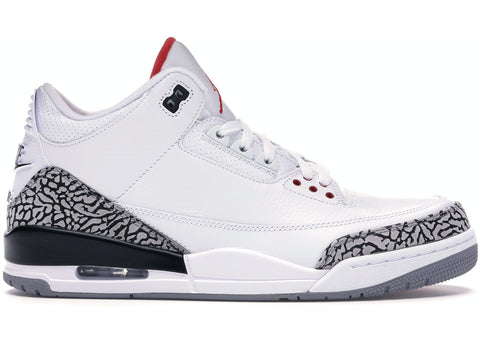
This was the first Air Jordan shoe that the famous Tinker Hatfield would head up in terms of design and manufacturing. Hatfield took the notion of luxury in a functional basketball shoe even further in his designs for the AJ IIIs. He knew Michael Jordan had a taste for luxury, so he involved Jordan in the selection of leather for the shoe.
The Air Jordan IIIs are the first of the line to feature the famous Jumpman logo, a silhouette of Jordan dunking from the 1985 Nike poster. Sneakerheads around the work can thank Tinker Hatfield for that stroke of designing genius. The shoe also featured a visible Air-Sole unit under the heel.
Air Jordan IV: Released 1989
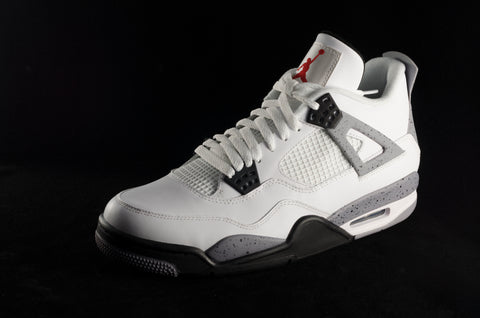
Known specifically for how comfortable it is, the Air Jordan IV was also designed by Tinker Hatfield. This shoe also featured the Jumpman logo as well as having the word “Flight” added below it. The shoe featured mesh, increasing breathability for the wearer.
Ever heard of The Shot? Michael Jordan scored The Shot to win the NBA series against Cleveland’s Craig Ehlo in the first round of the playoffs. He did so while wearing the Nike Air Jordan IVs.
Air Jordan V: Released 1990
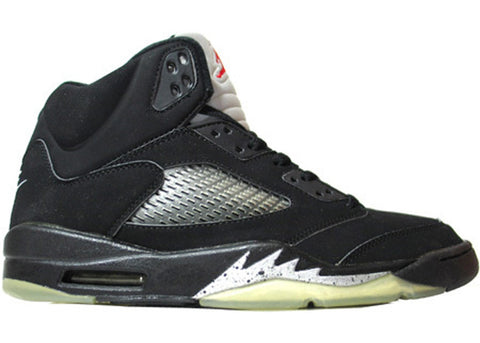
Michael Jordan had a presence on the court. He was graceful, powerful, and commanding. The Air Jordan V was designed to be a statement testifying to how Jordan appeared on the court. The shoe featured a shark tooth design on the midsole, drawn from inspiration Tinker Hatfield took from WWII P-51 Mustang fighter planes.
Air Jordan VI: Released 1991
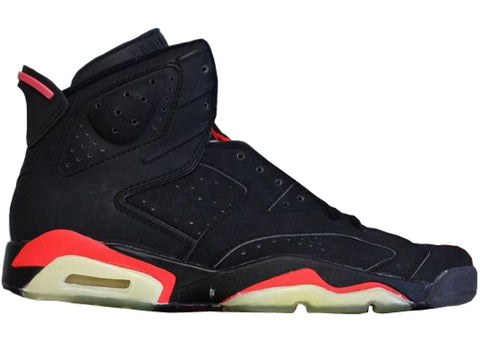
By this point in time, the sneaker world was well-established and thriving. Fans clambered to watch Jordan hoist up the Larry O’Brien trophy that year and most of them were trying to look at what he was wearing on his feet. The AJ VI was marked by its leather overlays, which had a 2 and 3 inscribed on them in commemoration of Jordan’s jersey number. The shoe also had Vis-Air heel cushioning and a translucent, frosty outsole.
The Sneaker Industry Today
The history of Air Jordan shoes, their introduction into the evolving world of sneaker design, how they’ve shaped and changed the industry into the gargantuan it is today—ringing in around approximately $62.5 billion in net worth—it’s the sort of story that is so crazy it can’t be made up. Take into consideration how it’s transformed not only the world of sports but the world of fashion as well.
Today Air Jordans are worn for fashion as much as functionality, and subsequently, sneakerhead apparel industries have sprung up to provide quality fashion tees and other items of clothing to match the iconic shoes.


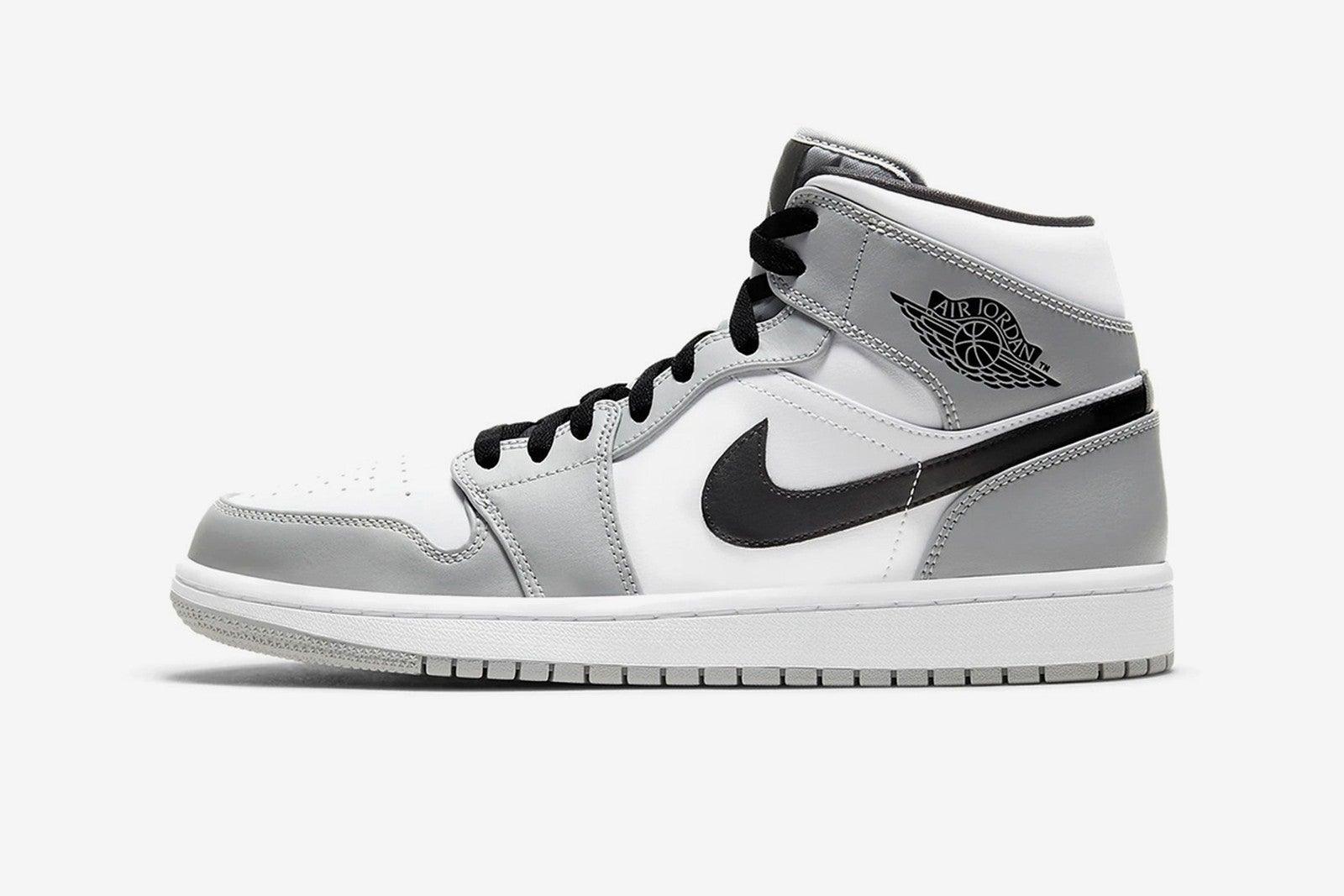
![The Evolution of Sneaker Design [An In-Depth Look] - illCurrency Sneaker Matching Apparel](http://illcurrency.com/cdn/shop/articles/33dd0a752024aec323da9ff9ef7a027f_f9c55185-408c-467b-a1d2-0762f541af9c.jpg?v=1748847197&width=1600)